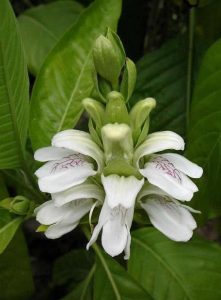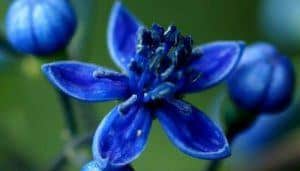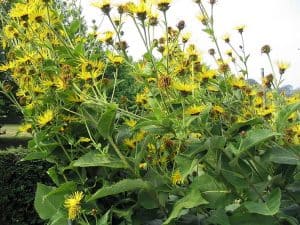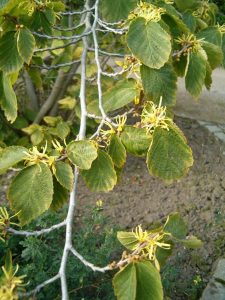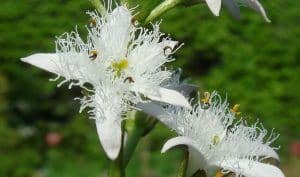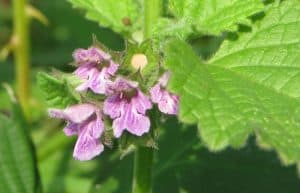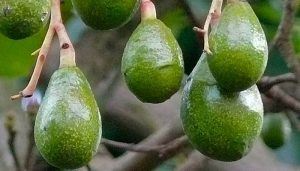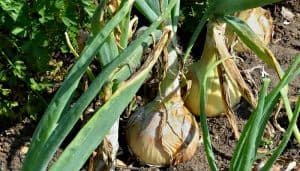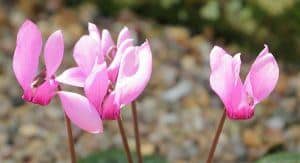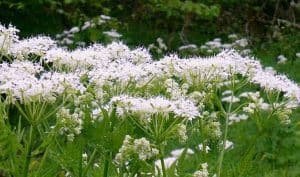The leaves, roots and flowers of Adhatoda vasica also called vasa or vasaka were used extensively in traditional Indian medicine for thousands of years to treat respiratory disorders such as asthma. Adhatoda vasica is considered useful in treating bronchitis, tuberculosis and other lung and bronchiole disorders. A decoction of the leaves may be used as an herbal treatment […]
Herbs - General
What are the health benefits of Dichroa?
Dichroa is a bitter herb that is commonly used in Chinese herbal medicine where it is considered to have a cold energy that benefits the heart, liver, and lungs. The leaves have powerful laxative (purgative) proprieties and have been used traditionally to treat stomach cancer. In Nepal the juice extracted from the leaves has been […]
What are the health benefits of Elecampane?
Elecampane constituents are inulin, mucilage, volatile oil (helenin, camphor, alantol), alantoic acid, a thymol derivative, sesquiterpene lactones (including alantolactone, isoalantolactone), triterpenoid saponins, sterols, and bitter principles (possibly including dammaradienol, stigmasterol, friedlin), resin, pectin, and possible alkaloid. Its actions are expectorant, antitussive, sedative, anthelmintic, diaphoretic, stomachic, antifungal, antiparasitic, relaxant, warming, tonic, alterative, diuretic and anti-bacterial. There […]
What is Witch Hazel used for?
Witch hazel is used to stop bleeding and is believed to be effective on both internal and external injuries. It is used to stop the bleeding on cuts, reduce bruising directly after an injury and as part of the treatment for stomach ulcers. It is believed that the tannins present in witch hazel (especially the […]
What is Bogbean used for?
This strongly bitter herb has been utilized for a long time as a folk medicine. An herbal tea made from the leaves has been used traditionally for irregular menstruation, to strengthen appetite, increase the secretion of digestive fluids, indigestion, and enhance nutrient absorption. Bogbean is closely related to yellow gentian (Gentiana lutea) and contains similar bitter glucosides […]
What are the health benefits of Black Horehound?
Black horehound has a long history of use in herbal medicine and it was once regarded to be helpful for ailments related to eyes and ears. It was also thought that it was an effective remedy or an antidote of sorts for bites by dogs infected with rabies. Compressions or wraps of the leaves were […]
What are the health benefits of Avocado?
Avocado leaves contain essential oil (with estragole, caryophyllene and eugenol), flavonoids (afzelin, cynaroside, luteolin, quercetin), tannins and procyanidins. The avocado fruit is considered one the most nutritious of all fruits and very high in calories (220 kcal per 100 g). The fruit contains a fatty oil based on linoleic acid, linolenic acid, palmitic acid, stearic […]
What are the health benefits of Onions?
The use of onion as a medicine is worldwide and the health problems it is claimed to treat are numerous. According to the World Health Organization the health problems for which onion is used as a folk remedy include: bruises, colic, ear-ache, bronchitis, colds, fevers, intestinal parasites, high blood pressure, jaundice, sores, and impotence. Add to this list of […]
What is Cyclamen used for?
Although cyclamen is currently not used much as a medicinal herb, it is known that it was used quite extensively in the past. The root of cyclamen has a very powerful effect, and when it was used it had to be done with great care. Despite the dangerous side effects, cyclamen was once recommended as […]
What is Caraway used for?
The caraway seeds contain 2-7% of essential oil consisting of carvone (45-65%), smaller amounts of limonene, carveol and some other substances. Furthermore, the seeds contain around 20% fatty oil. Plants that grow in the wild usually contain more oil than plants that are cultivated and have therefore a stronger flavor. The leaves of caraway are […]
